The Mississippian culture was a Native American civilisation, that emerged around AD 800 in the Mid-western, Eastern, and South-eastern regions of America.
The civilisation was composed of large urban centres linked together by loose trading networks, with most settlements containing a series of raised earthen pyramid platform mounds.
Cahokia
Cahokia was a large city complex, founded around AD 1050 in what is now western Illinois. At its peak, the city was the largest urban centre north of the Mesoamerican civilisations of Central America and was home to a population of up to 20,000 inhabitants.
The site consists of 120 raised platform mounds, with the largest being “Monks Mound” rising to a height of 290 metres. Cahokia began to decline by the 13th century and was mysteriously abandoned around AD 1300-1350.
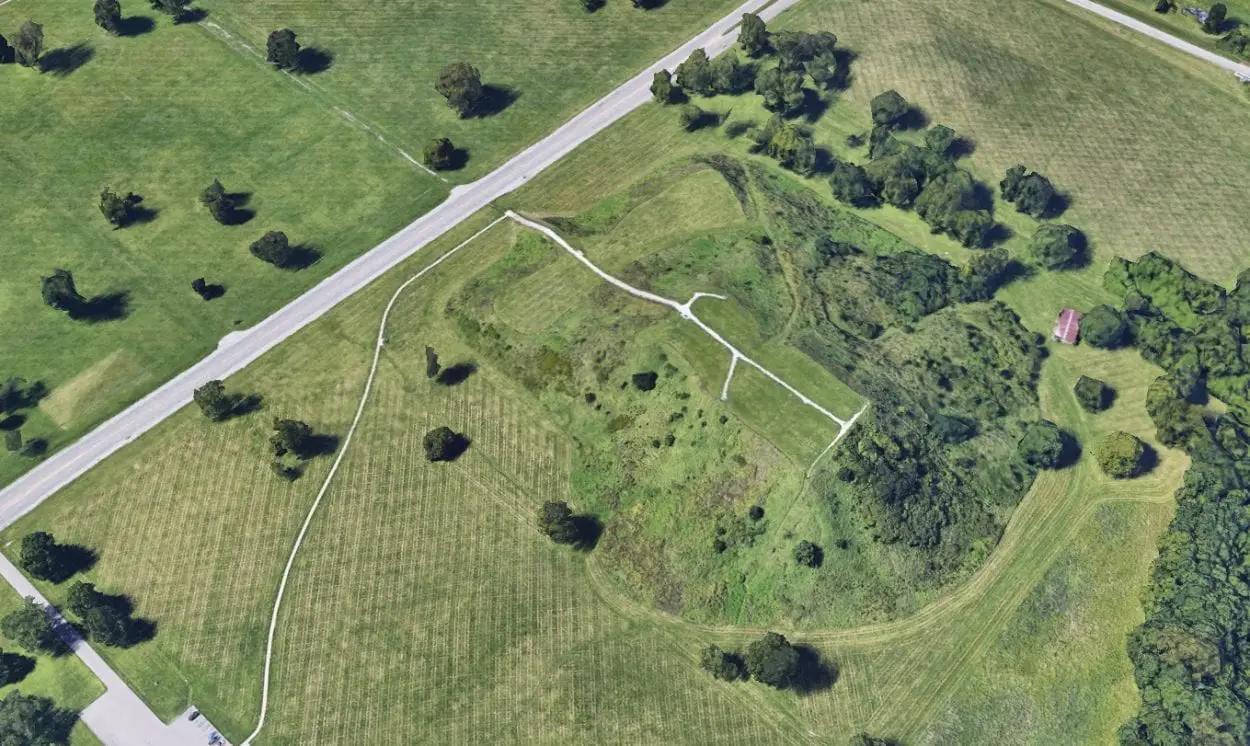
Kincaid Mounds
The Kincaid Mounds is an ancient tribal centre established around AD 800 near the banks of the Ohio River in the present-day state of Illinois. The inhabitants constructed 19 mound monuments, with 11 being identified as substructure platform mounds, in addition to a large plaza situated near the nucleus of the settlement.
Occupation at the site appears to have ended by AD 1400–1450, possibly due to the exhaustion of local resources such as timber and game, a period in which archaeologists call the “vacant quarter”.
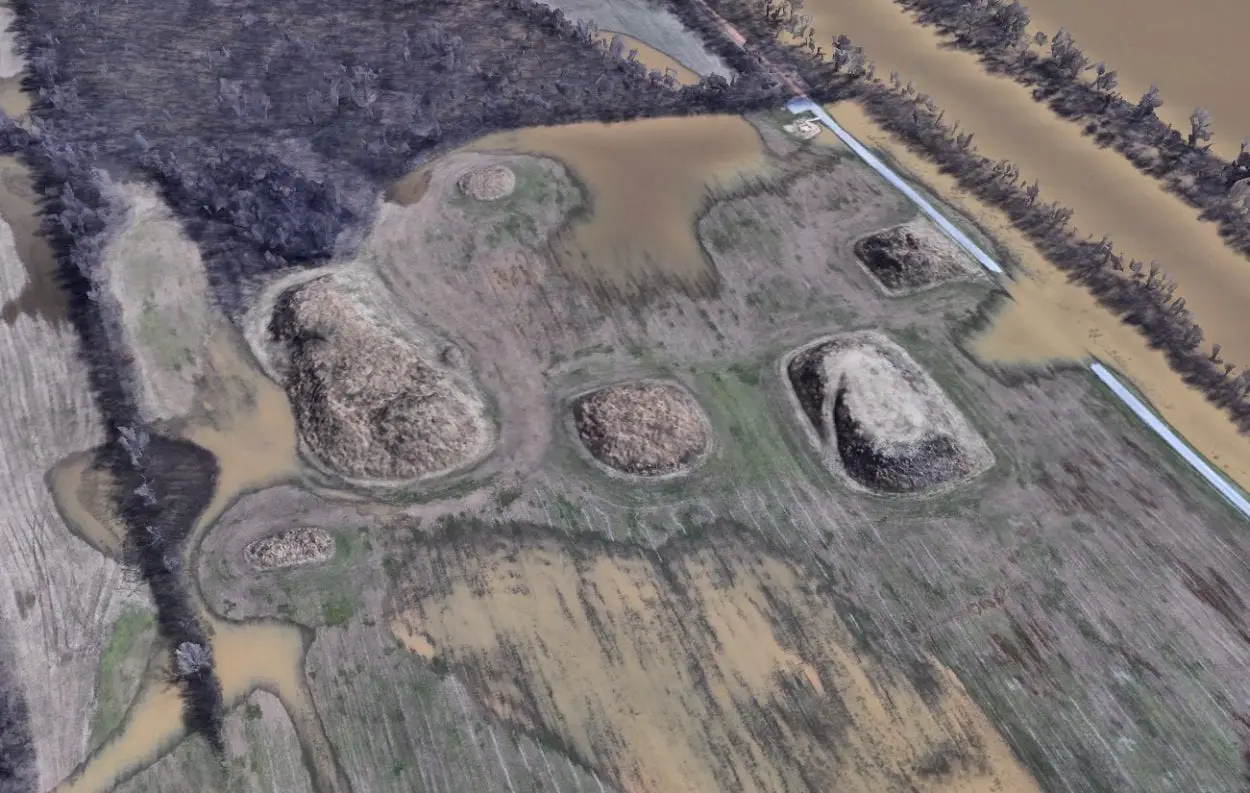
Etowah Mounds
The Etowah Mounds is an ancient tribal centre of the South Appalachian Mississippian culture, that built a large settlement comprising of three large pyramid style platform mounds, in addition to 3 lessor mounds on the shore of the Etowah River in the present-day Bartow County of Georgia.
The settlement consists of 140 identified structures of varying sizes, covering an area of 54-acres that were constructed from AD 1000 to AD 1550.
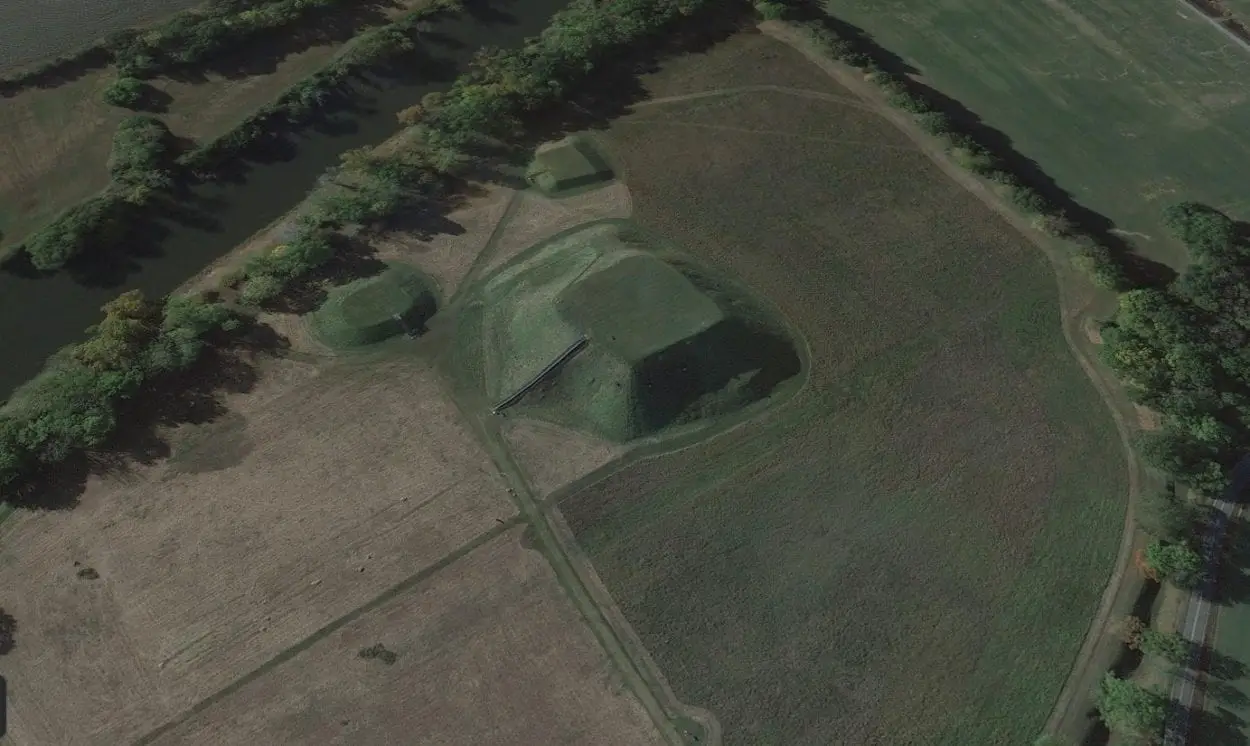
Moundville
Moundville is a large settlement founded around AD 1000 near the banks of the Black Warrior River in the present-day state of Alabama. From AD 1350, the inhabitants started to construct 29 truncated earthen pyramid platform mounds orientated around a central plaza for ceremonial gatherings and games.
At its height, the population of Moundville is estimated to have been around 1000 people within the main settlement, with 10,000 additional people living in villages and farmsteads in the surrounding countryside. By the 1500s, most of the area was abandoned, with only small pockets of habitation in the surrounding villages.
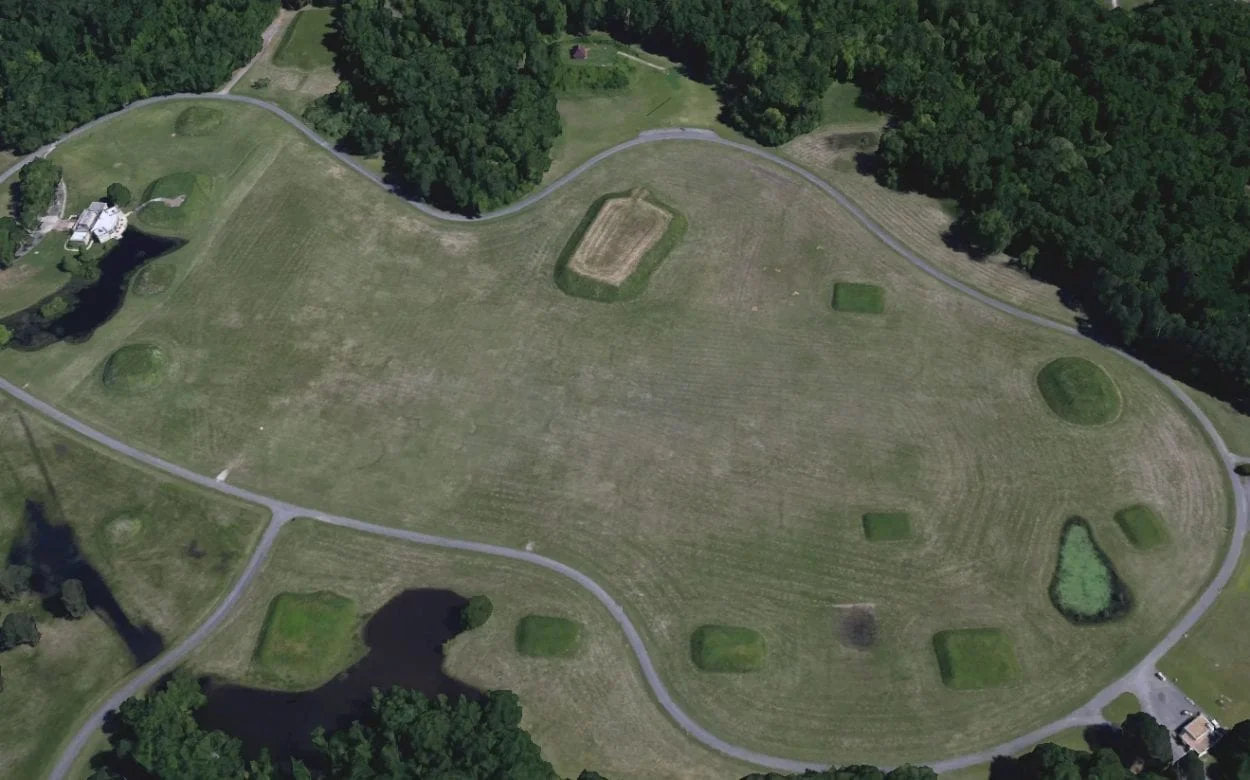
Winterville
Winterville is a ceremonial centre built by the Plaquemine culture (a regional variation of the Mississippian culture), near the Mississippi River in the present-day Washington County of Mississippi.
Occupation of the site started around AD 1000, with the construction of 23 truncated earthen pyramid platform mounds (only 12 survive) between AD 1200 and 1250. By AD 1450, the Winterville Mound site was abandoned, with possible migration of the population to areas around the lower Yazoo River basin.
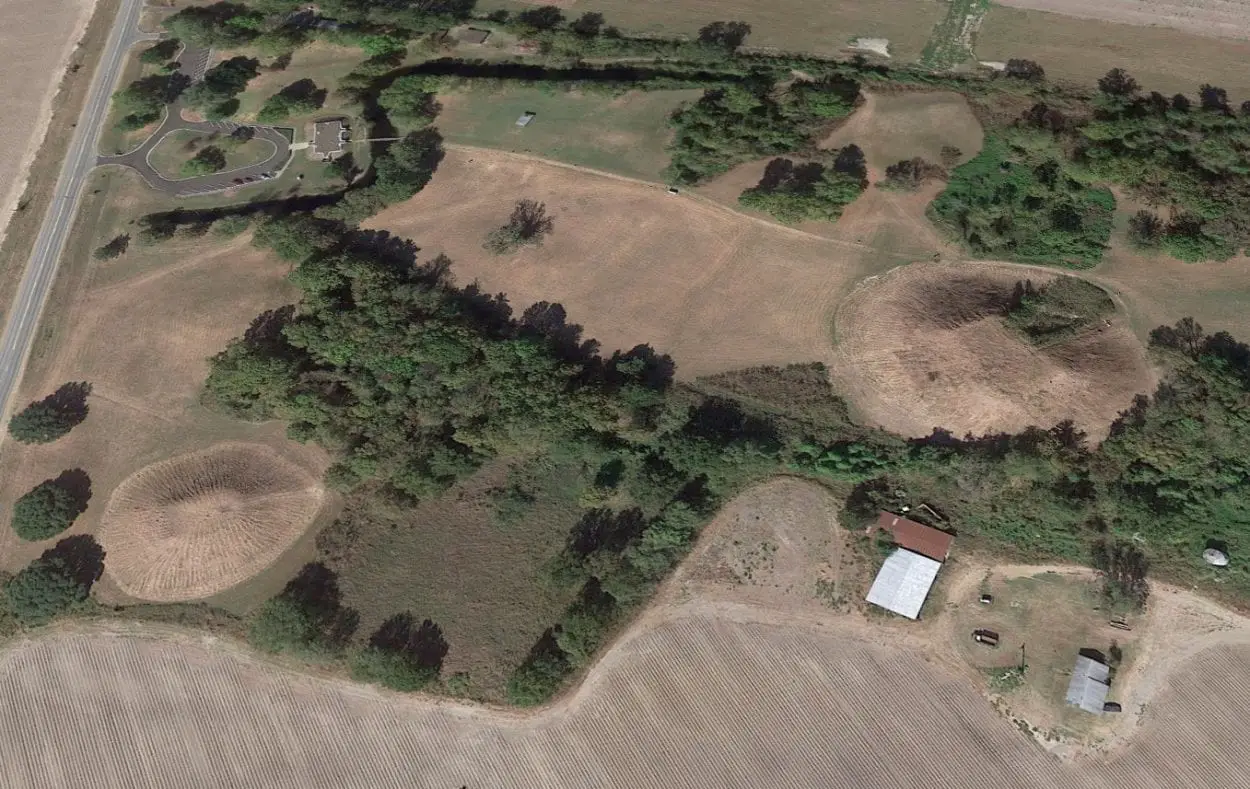
Angel Mounds
Angel mounds was a regional trading centre, built on the banks of the Ohio River in the present-day State of Indiana. The site was occupied from AD 1100 to around AD 1450, inhabited by up to 1000 individuals at its peak.
The people constructed 13 earthen mounds, 6 of which are large platform mounds, and hundreds of residential dwellings over an area of 100 acres.
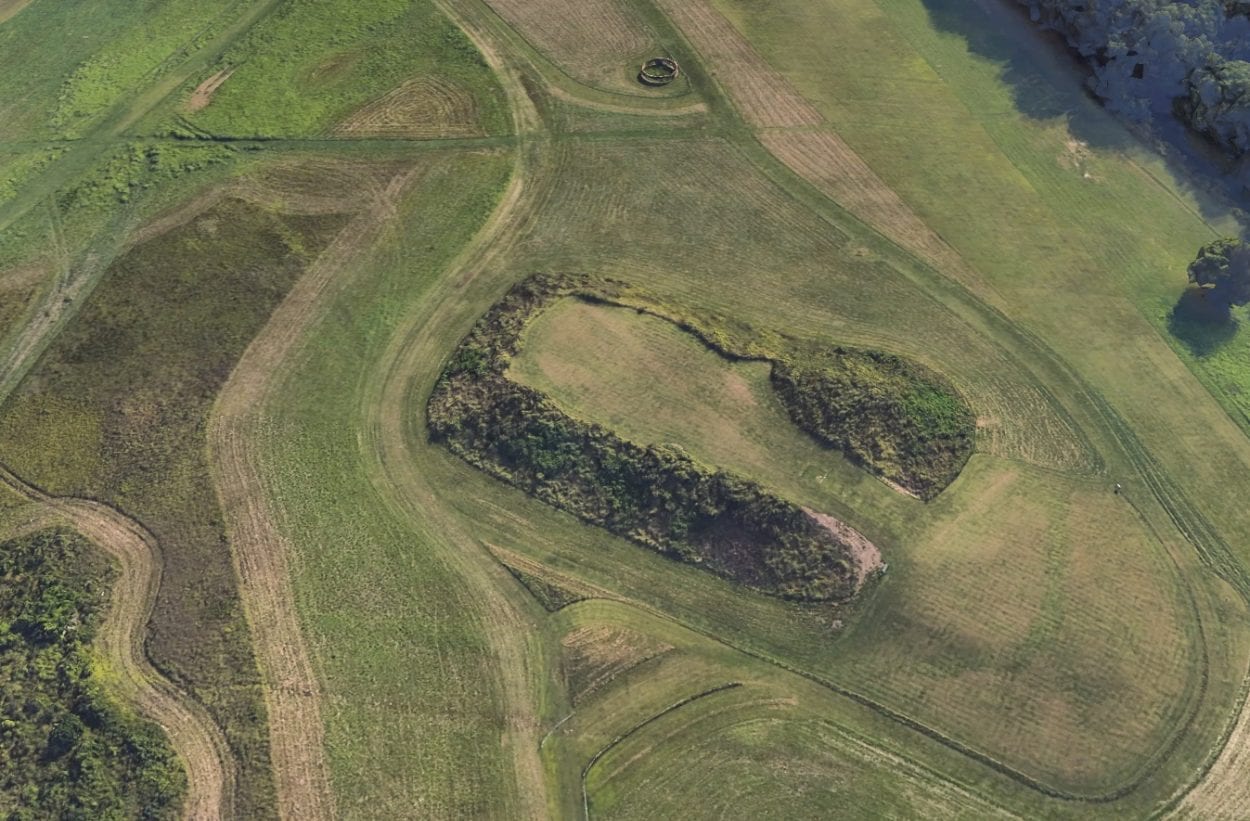
Ocmulgee Mounds
The Ocmulgee Mounds was a religious and political centre of the Macon Plateau culture, a local expression of the South Appalachian Mississippian culture, located near the banks of the Ocmuglee River in the present-day State of Georgia.
The site was occupied by the Macon Plateau culture from around AD 950 during the Early Mississippian-culture phase, although archaeological evidence suggests that there has been near continuous occupation by various peoples going back 17,000 years from the Paleo-Indian period. The inhabitants constructed a large 55ft tall mound with a spiralling staircase, in addition to a large burial mound and various circular earth lodges.
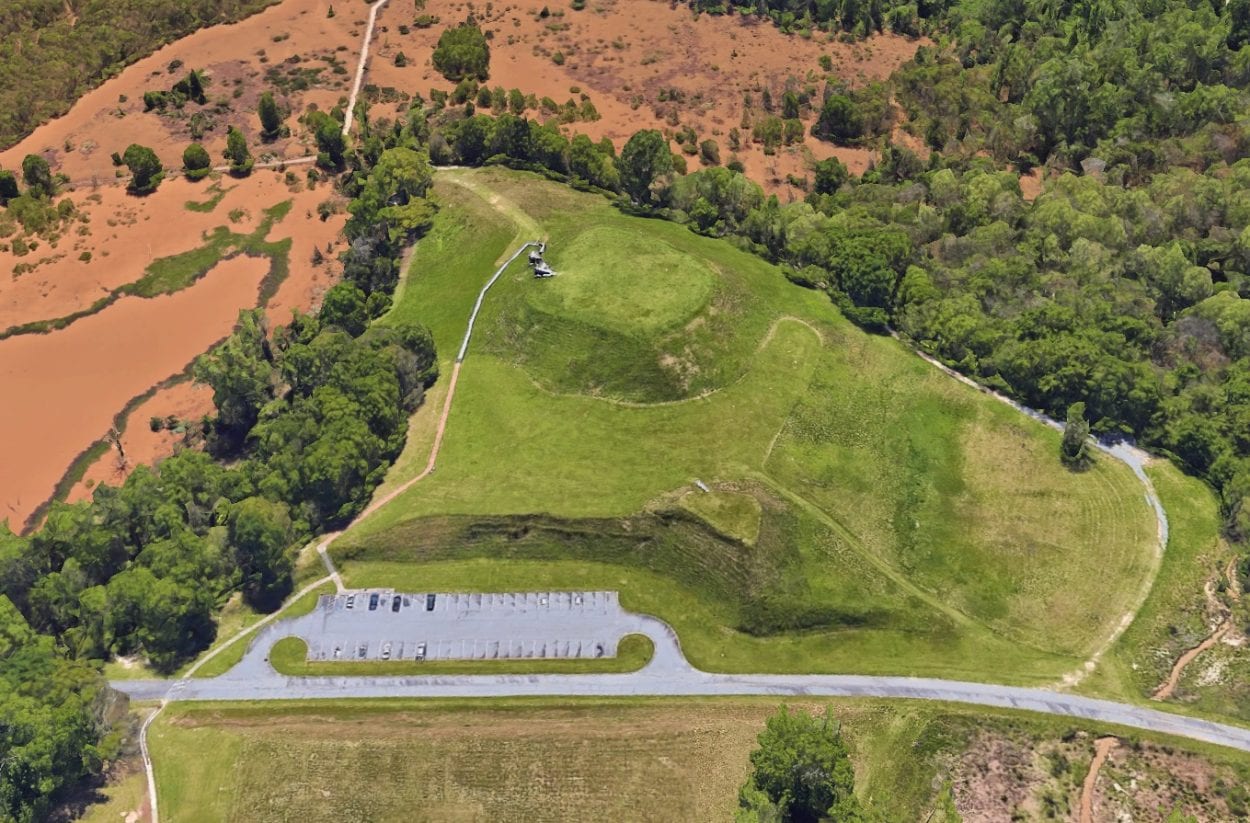
Emerald Mound
Emerald Mound is a Plaquemine culture Mississippian period site in the present-day state of Mississippi.
The site was occupied between AD 1200 and 1730, with the construction of a large flat top mound and subsidiary mounds during the Emerald Phase. Archaeologists believe that the Plaquemine culture builders were the ancestors of the historic Natchez, who inhabited the area using Emerald Mound site as their main ceremonial centre when the first Europeans explored the region.
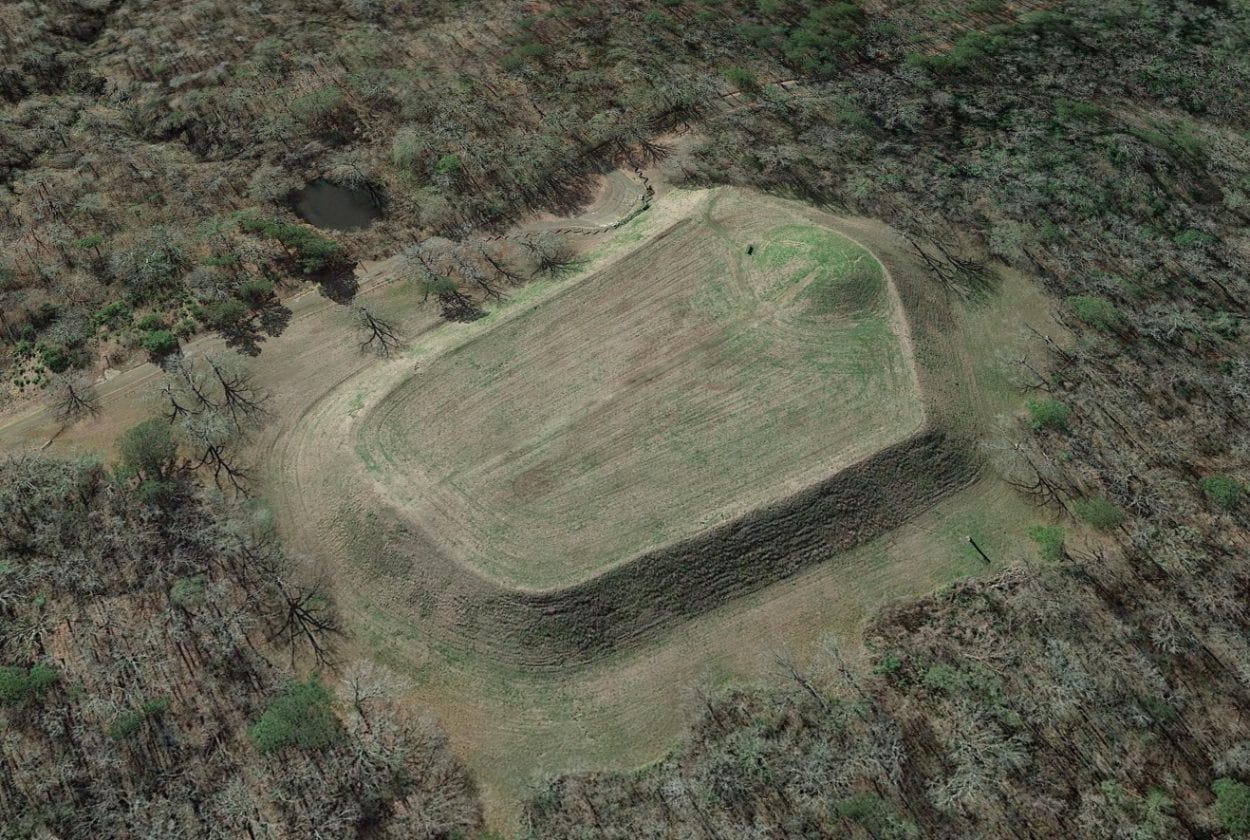
Header Image Credit : MattGush – iStock





